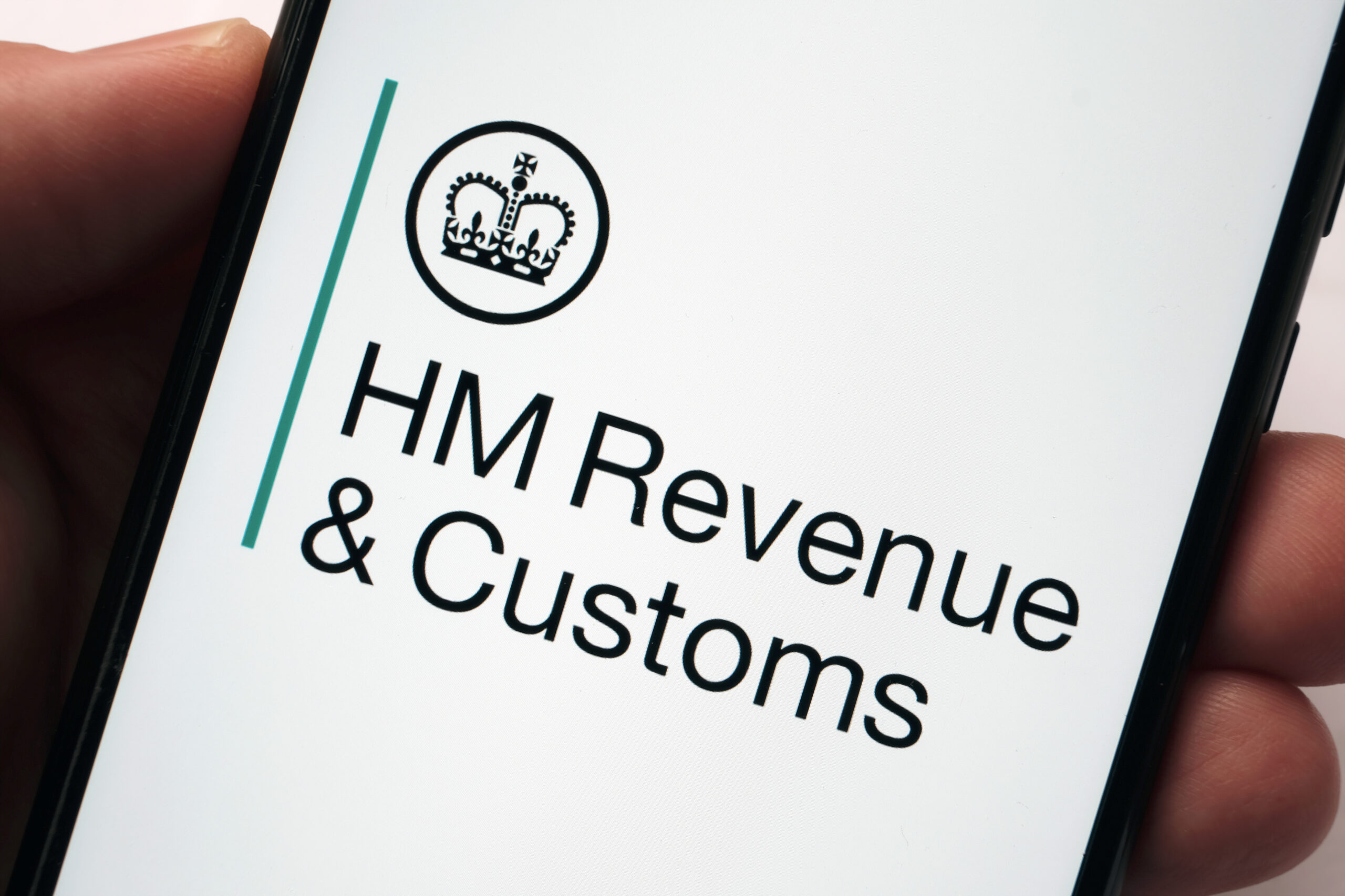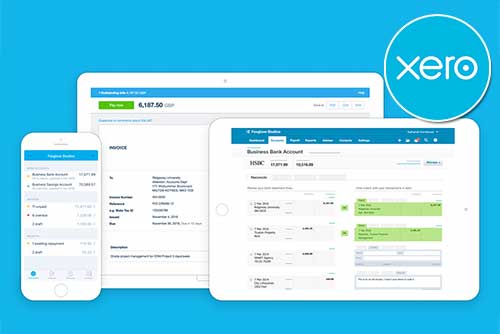Economic Profit vs Accounting Profit: Definitions, Formulas, and Difference
Economic profit and accounting profit are two sides of the same coin, each providing a different perspective on a company’s profitability. While accounting profit gives a snapshot of a company’s financial performance over a specific period, economic profit offers a broader view, considering both explicit and implicit costs. Understanding these concepts can help businesses make informed decisions and optimise their operations.
Let’s take a closer look at economic profit vs accounting profit, and what it means for your business.
What is Economic Profit?
Economic profit is a comprehensive measure of a company’s profitability, taking into account both explicit and implicit costs. Explicit costs are the direct expenses a company incurs in its operations, such as wages, rent, and materials. Implicit costs, on the other hand, represent the opportunity costs of choosing one business venture over another potentially more profitable one.
This form of profit is derived from the revenue generated by producing goods and services, minus the total explicit and implicit costs. It’s a theoretical calculation based on alternative actions that could have been taken. For instance, if a company chooses Project A over Project B, the economic profit would consider the profit that could have been generated had the company chosen Project B.
Economic profit is not recorded on a company’s financial statements, nor is it required to be disclosed to regulators, investors, or financial institutions. However, it can be a valuable tool for internal analysis, helping a company to evaluate its efficiency and make informed decisions about production levels and other business alternatives.
What is Accounting Profit?
Accounting profit, often referred to as net income or the bottom line, is a key measure of a company’s financial performance. It’s the figure that’s reported on a company’s income statement and is calculated by subtracting total explicit costs from total revenues. Explicit costs are the specific amounts that a company pays for various costs in a given period, such as wages, raw materials, and marketing costs.
This profit is what you get when you print out a Profit & Loss statement from your accounting software. It’s the number that you report to the HMRC and the one that financials will show as your net income. For most businesses, it’s the only bottom-line number that owners analyse to gauge their financial health.
Accounting profit is also the figure that’s used to measure the financial performance of a company on a quarterly and annual basis. It’s the profit earned after various costs and expenses are subtracted from total revenue or total sales, as stipulated by generally accepted accounting principles (GAAP).
Accounting profit is the amount of money left over after deducting the explicit costs of running the business. It’s what you get with a traditional income statement where you start with revenue and then subtract all cash expenses from the year, plus some non-cash expenses such as depreciation and amortisation.
It provides a clear picture of a company’s financial health and is a key factor in decision-making processes. It’s the figure that business owners, investors, and stakeholders look at when assessing the profitability and viability of a business.
Key Differences Between Economic Profit and Accounting Profit
In the world of business and finance, understanding the difference between economic profit and accounting profit is crucial. These two concepts, while similar in name, have distinct definitions, calculations, and implications for a business’s profitability. This section will delve into the key differences between economic profit and accounting profit, shedding light on their unique characteristics and their role in business decision-making.
The terms ‘economic profit’ and ‘accounting profit’ are often used interchangeably, but they represent different aspects of a company’s financial health. Understanding these differences can provide a more comprehensive view of a company’s profitability, guiding more informed business decisions.
Implicit vs. Explicit Costs
The distinction between economic profit and accounting profit primarily lies in the consideration of implicit and explicit costs. Explicit costs are the tangible expenses that a business incurs, such as wages, rent, and material costs. These are the costs that are easily traceable and are typically recorded in the financial statements of a business.
Implicit costs are not directly paid out but represent the potential earnings that are foregone by choosing one business decision over another. For instance, if a business owner decides to use a property they own for business operations instead of renting it out, the potential rental income foregone is an implicit cost.
While accounting profit only subtracts explicit costs from the total revenue, economic profit takes into account both explicit and implicit costs. This means that economic profit provides a more comprehensive view of a business’s profitability by considering all costs, including those that are not directly paid out.
It’s important to note that implicit costs are subjective and can’t be bookkept. They are determined by the business owner based on potential alternative investments or business decisions. Therefore, the calculation of economic profit is often done separately and at the end of a financial period.
Opportunity Costs
Opportunity cost is a crucial factor that differentiates economic profit from accounting profit. It’s the value of the best alternative forgone when a decision is made. In the context of economic profit, it’s the potential income that could have been earned if resources were allocated differently.
For instance, if a business owner decides to invest in a new product line instead of upgrading their existing machinery, the opportunity cost is the potential profit they could have made from increased production efficiency. This cost is not considered in accounting profit calculations, which only account for explicit costs such as wages, rent, and materials.
However, in economic profit calculations, both explicit and implicit costs, including opportunity costs, are considered. This makes economic profit a more comprehensive measure of profitability, as it takes into account the potential earnings that were sacrificed for the chosen course of action.
Opportunity cost is the ‘invisible’ cost in business decisions, often overlooked in traditional accounting but crucial in economic analysis. It’s the cost of missed opportunities, the profit that could have been made if a different decision was taken.
Understanding opportunity costs can help businesses make more informed decisions, weighing the potential benefits and costs of different options to maximise profitability.
Reporting Profits
When it comes to reporting profits, there’s a clear distinction between economic profit and accounting profit. Accounting profit is typically reported on a company’s income statement, which is a financial document that outlines the revenues, costs, and expenses over a specific period. This profit is also reported to the tax authorities for tax purposes. It’s a straightforward calculation that subtracts explicit costs from the total revenue.
Economic profit isn’t usually reported in financial statements. This is because it includes implicit costs and opportunity costs, which are not actual cash expenses and therefore, not recorded in the company’s books. Economic profit is more of a theoretical concept used in economic analysis to understand the true profitability of a business.
In essence, while accounting profit provides a snapshot of a company’s financial health, economic profit offers a deeper insight into the business’s overall efficiency and effectiveness. It’s important for investors and business owners to understand both types of profit to make informed decisions.
So, when comparing economic profit vs accounting profit, remember that the former gives a broader perspective, while the latter provides a more immediate and tangible measure of a company’s financial performance.
Calculating Economic Profit vs Accounting Profit
Understanding the difference between economic profit and accounting profit is crucial for any business. However, the real challenge lies in accurately calculating these profits.
The calculation of economic profit involves considering both explicit and implicit costs, while accounting profit focuses solely on explicit costs. By understanding how to calculate these profits, you can gain a deeper insight into your business’s financial health and efficiency.
How to Calculate Economic Profit
Calculating economic profit involves a few more steps than accounting profit, as it takes into account both explicit and implicit costs. Here’s a step-by-step guide on how to calculate economic profit:
- Identify Total Revenue: This is the total income generated from the sale of goods or services.
- Identify Explicit Costs: These are the direct costs associated with producing goods or services, such as wages, leases, utilities, and raw materials.
- Identify Implicit Costs: These are opportunity costs, such as the potential income from an alternative investment or use of resources.
- Calculate Economic Profit: Use the formula Economic Profit = Total Revenue – (Explicit Costs + Implicit Costs) to find your economic profit.
Remember, the key difference between economic profit and accounting profit lies in the consideration of implicit costs. While accounting profit only deducts explicit costs from the total revenue, economic profit goes a step further to deduct both explicit and implicit costs. This provides a more comprehensive view of a company’s profitability, taking into account the opportunity cost of choosing one course of action over another.
If a paper company owns a forest of trees, the implicit cost would be the market price they could sell the timber for, versus using it to produce paper products. By considering these implicit costs, economic profit gives a more accurate picture of the company’s efficiency in resource allocation.
How to Calculate Accounting Profit
Calculating accounting profit is a straightforward process that involves a few key steps. Here’s a simple guide to help you understand how to calculate accounting profit:
Identify your total revenue: This is the total amount of money your business has earned before any costs or expenses are deducted.
Identify your explicit costs: These are the tangible costs associated with running your business, such as wages, rent, utilities, and the cost of raw materials.
Subtract explicit costs from total revenue: This is done using the formula Accounting Profit = Total Revenue – Explicit Costs.
For instance, if a company, let’s call it GreenPack Ltd, reported total revenues of $600,000 and explicit costs of $400,000, the accounting profit would be calculated as follows:
Accounting Profit = $600,000 – $400,000 = $200,000
The approach to calculating accounting profit can vary depending on the industry and the specific costs involved. However, the basic principle remains the same: deduct explicit costs from total revenue to find your accounting profit.
Wrapping Up: Economic Profit vs Accounting Profit
Understanding the difference between economic profit and accounting profit is crucial for both business owners and investors. Economic profit, which includes both explicit and implicit costs, provides a comprehensive view of a company’s profitability, taking into account opportunity costs.
This can be a valuable tool for making strategic business decisions and assessing the efficiency of resource allocation.
Accounting profit, which is calculated by deducting explicit costs from total revenue, is a more straightforward measure of profitability. It is essential for financial reporting and provides investors with a snapshot of a company’s net income.
Both forms of profit offer unique insights and serve different purposes. By understanding and utilising both, businesses can make more informed decisions, ultimately leading to improved financial performance.
Get a Quote
About the Author
Lucy Cohen, our Co-Founder at Mazuma, is a passionate innovator dedicated to revolutionising the accountancy industry. Over her 21-year career, including 18 years at Mazuma, Lucy has become an industry expert, contributing regularly to trade publications like Accounting Web and authoring acclaimed books such as “The Millennial Renaissance” and “Forget the First Million.” Her accolades include the Director of the Year (Innovation) by the Wales Institute of Directors and the Outstanding Contribution Award at the Accounting Excellence Awards.






















